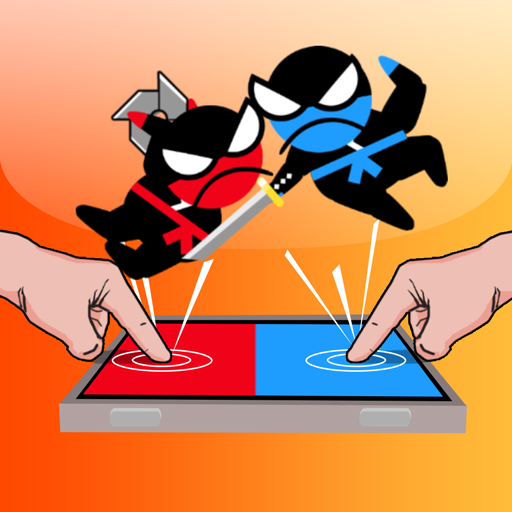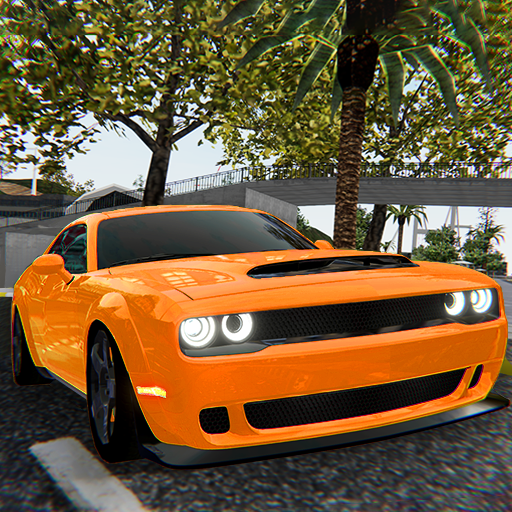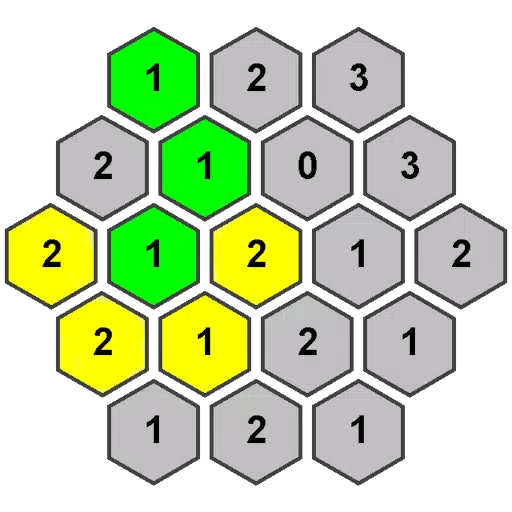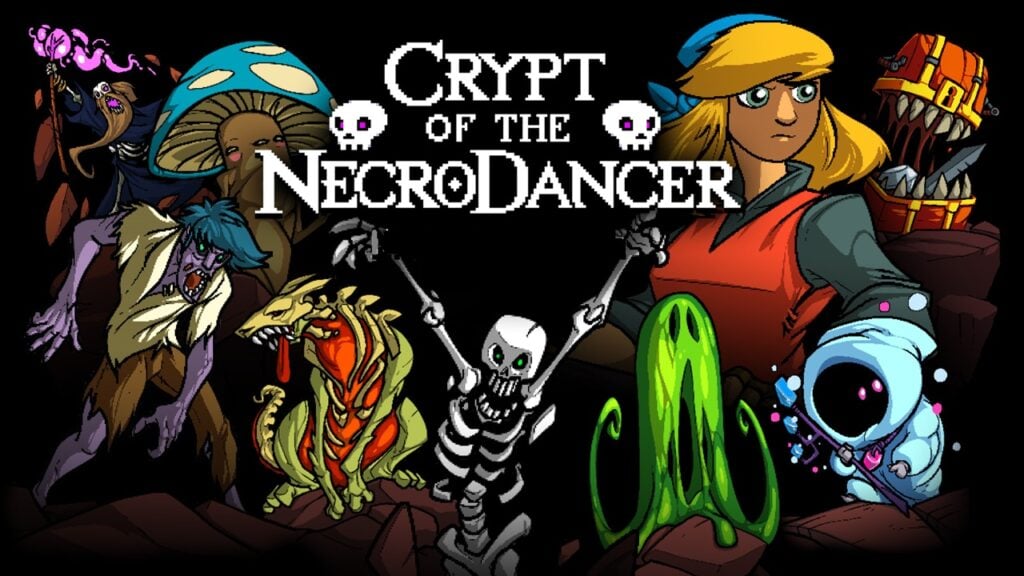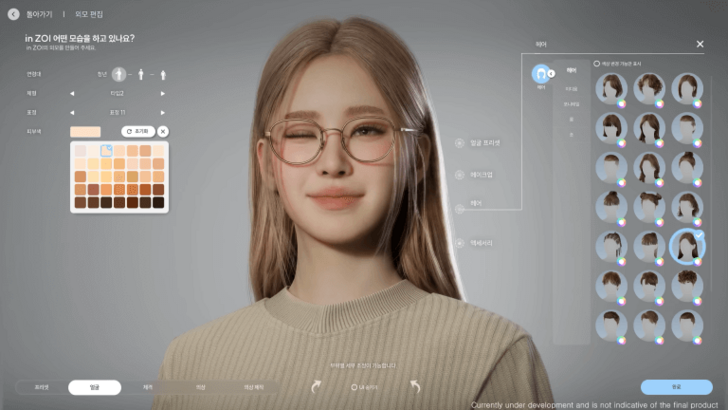Nintendo stands as a titan in the world of video games, renowned for its pioneering spirit and creativity within the home console market. The company's legacy is rich with iconic intellectual properties (IPs) that continue to captivate gamers decades after their initial release. With an exciting lineup of upcoming titles, Nintendo shows no signs of slowing down. The recent announcement of the Nintendo Switch 2 has sparked interest in revisiting the storied history of Nintendo's console innovations.
Below, we've compiled a comprehensive list of every console Nintendo has ever released, inviting you on a journey through time to witness how Nintendo has consistently pushed the boundaries of gaming.
AnswerSee Results*Looking to save on a new Nintendo Switch or new titles for your system? Be sure to check out the best Nintendo deals available today.*
How Many Nintendo Consoles Have There Been?
In total, 32 Nintendo consoles have been released throughout Nintendo's history. The Switch 2 will be the 33rd. We've included revision models for both home and handheld consoles, which include brandings like XL and Mini.
 Latest Model### Nintendo Switch OLED (Neon Blue & Red)
Latest Model### Nintendo Switch OLED (Neon Blue & Red)
4See it at AmazonEvery Nintendo Console in Order of Release
Color TV-Game - June 1, 1977
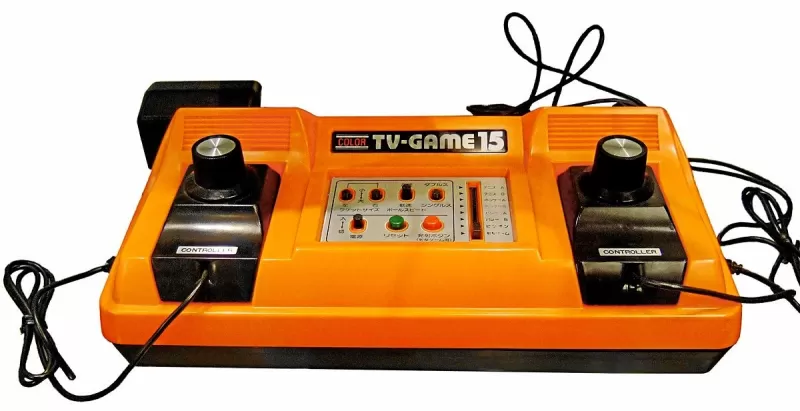 Nintendo's journey into gaming hardware began with the Color TV-Game series, a collaboration with Mitsubishi Electronics due to Nintendo's initial inexperience in hardware development. These consoles became a significant success, steering Nintendo firmly towards gaming hardware development. Their influence persists even today, as Nintendo remains deeply committed to the gaming industry.
Nintendo's journey into gaming hardware began with the Color TV-Game series, a collaboration with Mitsubishi Electronics due to Nintendo's initial inexperience in hardware development. These consoles became a significant success, steering Nintendo firmly towards gaming hardware development. Their influence persists even today, as Nintendo remains deeply committed to the gaming industry.
Game & Watch - April 28, 1980
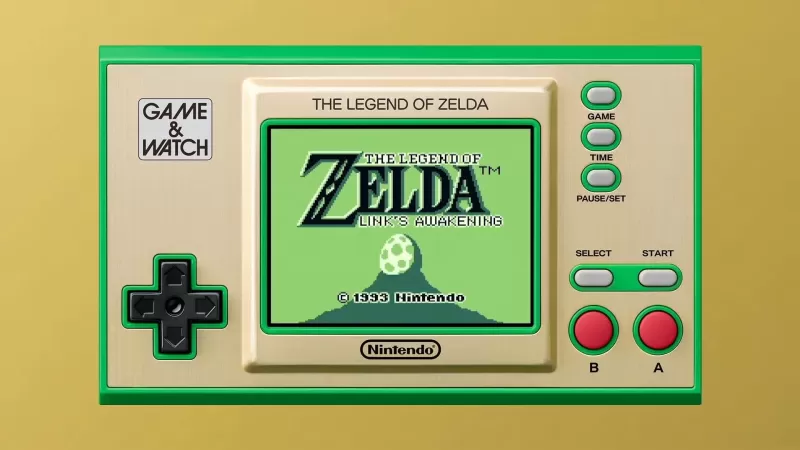 Stepping into the handheld arena, Nintendo introduced the Game & Watch series, each unit featuring a unique game. These devices achieved remarkable sales, exceeding 40 million units worldwide, and introduced groundbreaking elements like the D-Pad in the Donkey Kong model. Their legacy was celebrated with limited edition releases in 2020 and 2021, marking the anniversaries of Mario and Zelda.
Stepping into the handheld arena, Nintendo introduced the Game & Watch series, each unit featuring a unique game. These devices achieved remarkable sales, exceeding 40 million units worldwide, and introduced groundbreaking elements like the D-Pad in the Donkey Kong model. Their legacy was celebrated with limited edition releases in 2020 and 2021, marking the anniversaries of Mario and Zelda.
Nintendo Entertainment System - October 18, 1985
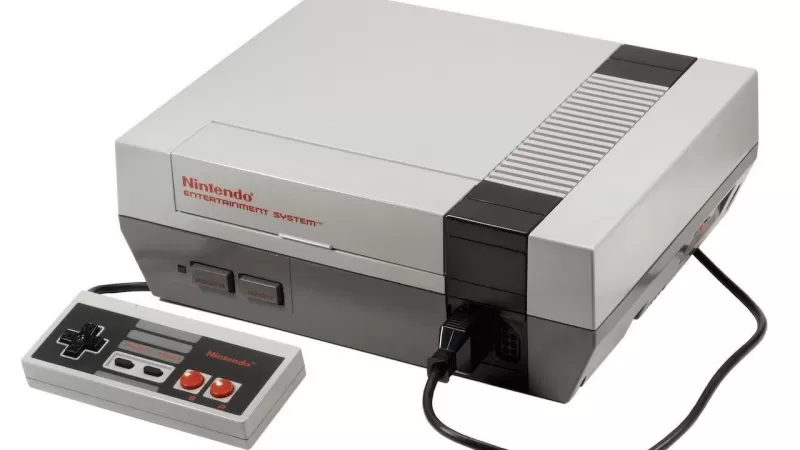 Launching in North America as the Nintendo Entertainment System (NES), and known as the Family Computer (Famicom) in Japan, this console revolutionized home gaming with its cartridge system, enabling a vast library of games. It birthed numerous beloved franchises such as Super Mario, The Legend of Zelda, and Metroid, cementing its place as a pivotal system in gaming history.
Launching in North America as the Nintendo Entertainment System (NES), and known as the Family Computer (Famicom) in Japan, this console revolutionized home gaming with its cartridge system, enabling a vast library of games. It birthed numerous beloved franchises such as Super Mario, The Legend of Zelda, and Metroid, cementing its place as a pivotal system in gaming history.
Game Boy - July 31, 1989
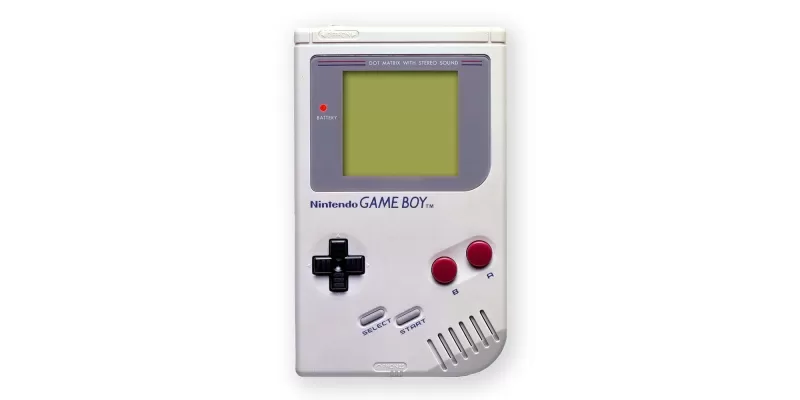 Marking Nintendo's first true handheld console, the Game Boy offered a cartridge-based system that allowed for a wide range of games. Its iconic game, Tetris, was bundled with the system in most regions, enhancing its appeal and solidifying its status as a cultural phenomenon.
Marking Nintendo's first true handheld console, the Game Boy offered a cartridge-based system that allowed for a wide range of games. Its iconic game, Tetris, was bundled with the system in most regions, enhancing its appeal and solidifying its status as a cultural phenomenon.
Super Nintendo Entertainment System - August 23, 1991
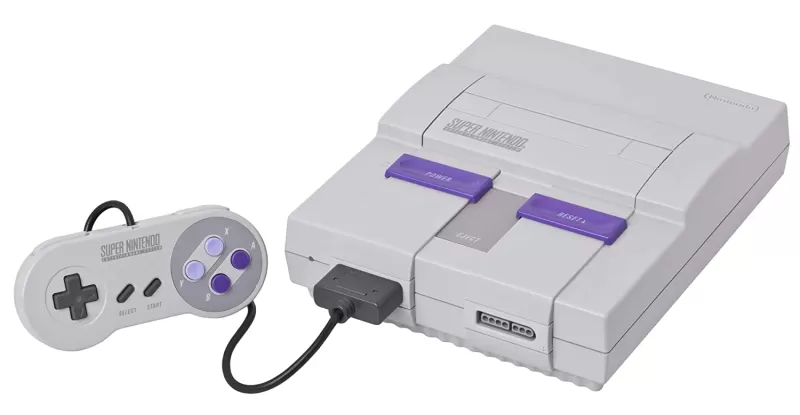 Introducing 16-bit graphics to Nintendo's lineup, the Super Nintendo Entertainment System (SNES) featured evolutionary leaps in major series such as Super Mario World and Donkey Kong Country. Despite its later launch in the console generation, the SNES became the best-selling system of its time, thanks to its compelling software lineup and wide appeal.
Introducing 16-bit graphics to Nintendo's lineup, the Super Nintendo Entertainment System (SNES) featured evolutionary leaps in major series such as Super Mario World and Donkey Kong Country. Despite its later launch in the console generation, the SNES became the best-selling system of its time, thanks to its compelling software lineup and wide appeal.
Virtual Boy - August 14, 1995
 Perhaps Nintendo's most eccentric console, the Virtual Boy was a portable device that offered stereoscopic 3D visuals. Despite its innovative approach, it had a short lifespan of just one year, with only 22 games released, including notable titles like Mario's Tennis and Virtual Boy Wario Land.
Perhaps Nintendo's most eccentric console, the Virtual Boy was a portable device that offered stereoscopic 3D visuals. Despite its innovative approach, it had a short lifespan of just one year, with only 22 games released, including notable titles like Mario's Tennis and Virtual Boy Wario Land.
Game Boy Pocket - September 3, 1996
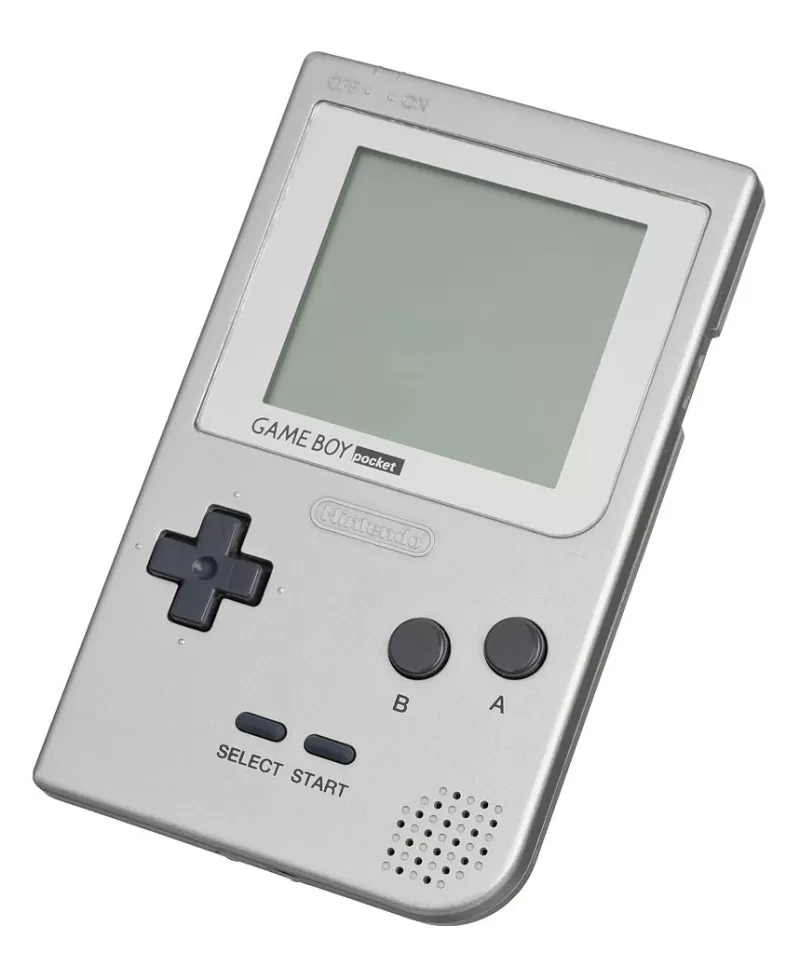 A slimmer version of the original Game Boy, the Game Boy Pocket featured an improved black-and-white display and enhanced response time. However, its smaller size resulted in a shorter battery life compared to its predecessor.
A slimmer version of the original Game Boy, the Game Boy Pocket featured an improved black-and-white display and enhanced response time. However, its smaller size resulted in a shorter battery life compared to its predecessor.
Nintendo 64 - September 29, 1996
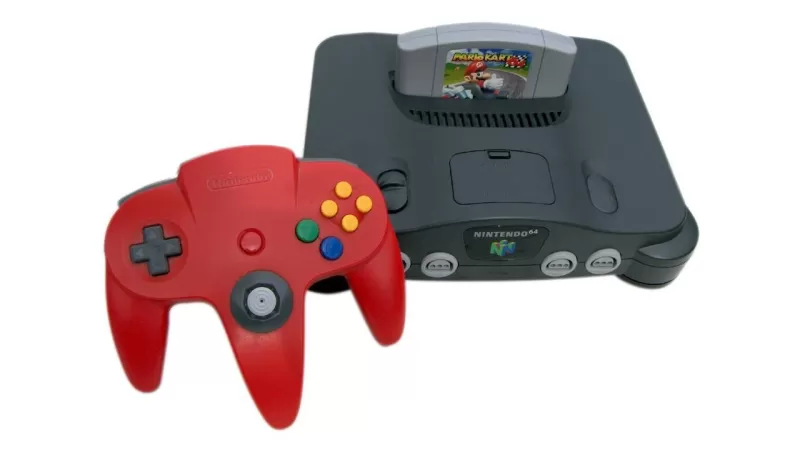 Introducing 3D graphics to Nintendo's home console line, the Nintendo 64 brought us landmark titles such as Super Mario 64 and The Legend of Zelda: Ocarina of Time. Its revolutionary controller included the first analog stick, and Nintendo released various special editions, including translucent models.
Introducing 3D graphics to Nintendo's home console line, the Nintendo 64 brought us landmark titles such as Super Mario 64 and The Legend of Zelda: Ocarina of Time. Its revolutionary controller included the first analog stick, and Nintendo released various special editions, including translucent models.
Game Boy Light - April 14, 1998
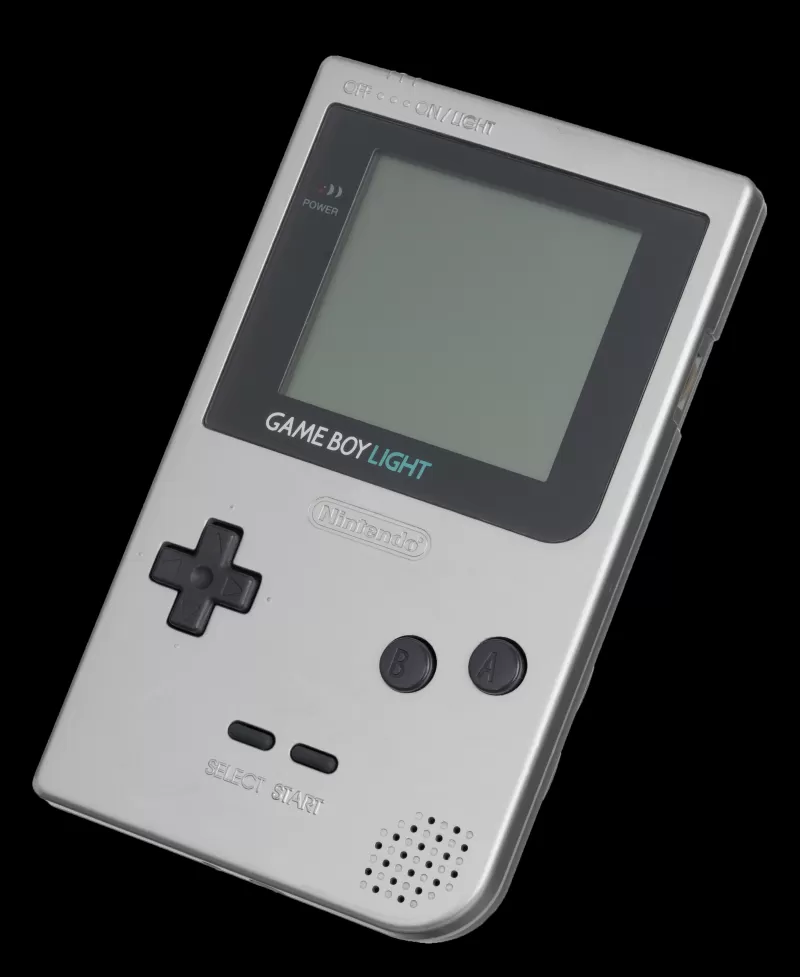 Exclusive to Japan, the Game Boy Light featured a backlight, enabling play in low-light conditions, and boasted a longer battery life than the Game Boy Pocket, despite its larger size.
Exclusive to Japan, the Game Boy Light featured a backlight, enabling play in low-light conditions, and boasted a longer battery life than the Game Boy Pocket, despite its larger size.
Game Boy Color - November 18, 1998
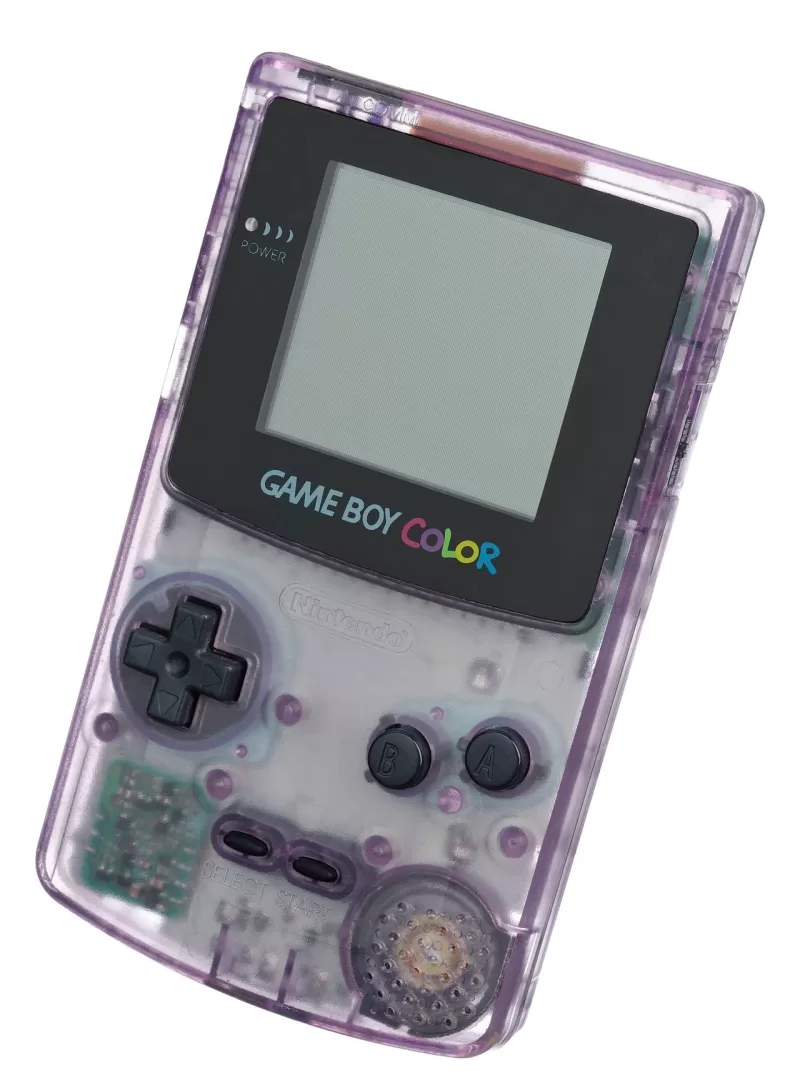 Bringing color to handheld gaming, the Game Boy Color was backwards compatible with all Game Boy games, enhancing the gaming experience with vibrant colors in games like Tetris. It also supported a new wave of games developed specifically for its capabilities.
Bringing color to handheld gaming, the Game Boy Color was backwards compatible with all Game Boy games, enhancing the gaming experience with vibrant colors in games like Tetris. It also supported a new wave of games developed specifically for its capabilities.
Game Boy Advance - June 11, 2001
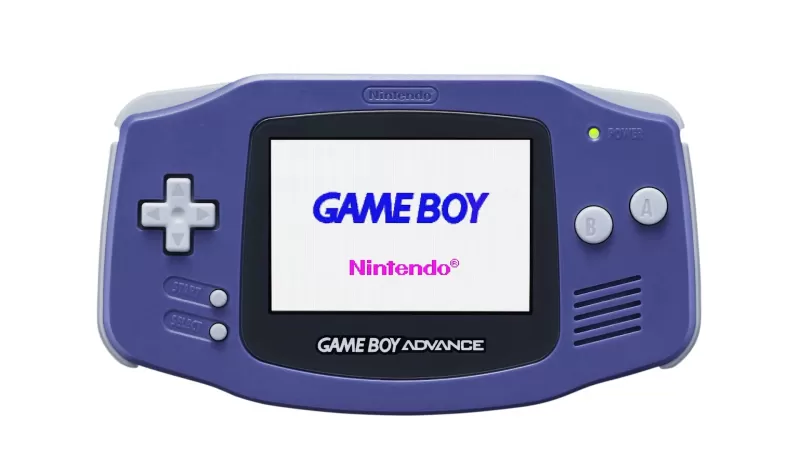 With a significant leap in technology, the Game Boy Advance (GBA) introduced a horizontal design and 16-bit graphics, while maintaining backwards compatibility with Game Boy and Game Boy Color games. This opened up a vast library of thousands of games for players.
With a significant leap in technology, the Game Boy Advance (GBA) introduced a horizontal design and 16-bit graphics, while maintaining backwards compatibility with Game Boy and Game Boy Color games. This opened up a vast library of thousands of games for players.
Pokémon mini - November 16, 2001
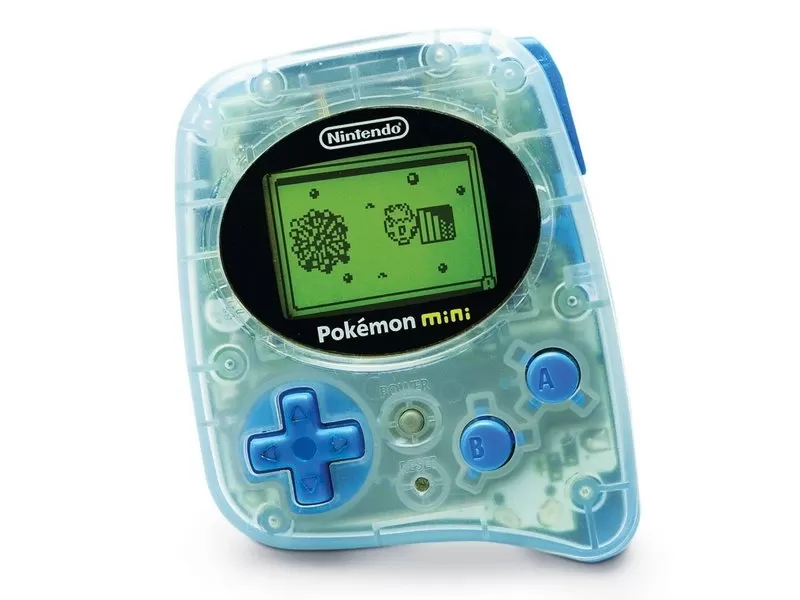 Image Credit: GamesRadarFocused exclusively on Pokémon games, the Pokémon mini was a remarkably small handheld console. With only 10 games released, including four in North America, it featured unique functions like a clock, infrared communication, and rumble.
Image Credit: GamesRadarFocused exclusively on Pokémon games, the Pokémon mini was a remarkably small handheld console. With only 10 games released, including four in North America, it featured unique functions like a clock, infrared communication, and rumble.
Nintendo GameCube - November 18, 2001
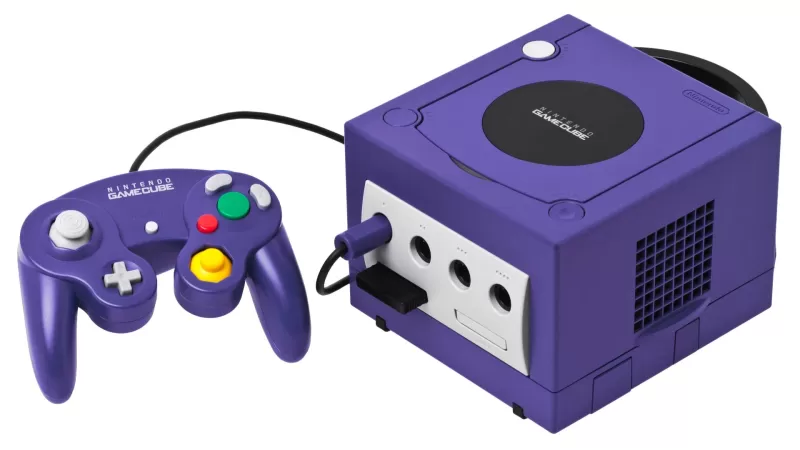 Building on the success of the Nintendo 64, the GameCube offered sequels to popular titles like Super Mario Sunshine and The Legend of Zelda: Wind Waker. It transitioned from cartridges to discs and introduced an enhanced controller with rumble and analog triggers. Its legacy continues with thriving franchises like Animal Crossing.
Building on the success of the Nintendo 64, the GameCube offered sequels to popular titles like Super Mario Sunshine and The Legend of Zelda: Wind Waker. It transitioned from cartridges to discs and introduced an enhanced controller with rumble and analog triggers. Its legacy continues with thriving franchises like Animal Crossing.
Panasonic Q - December 14, 2001
 A collaboration with Panasonic, the Panasonic Q combined a GameCube with a DVD player in a sleek, stainless steel design. Despite its innovative approach, high costs and low sales limited its market life to just two years.
A collaboration with Panasonic, the Panasonic Q combined a GameCube with a DVD player in a sleek, stainless steel design. Despite its innovative approach, high costs and low sales limited its market life to just two years.
Game Boy Advance SP - March 23, 2003
 Introducing a hinge design, the Game Boy Advance SP (GBA SP) featured a rechargeable battery and a backlit screen in later models. Although it lacked a headphone jack, an adapter allowed for headphone use, improving the audio experience.
Introducing a hinge design, the Game Boy Advance SP (GBA SP) featured a rechargeable battery and a backlit screen in later models. Although it lacked a headphone jack, an adapter allowed for headphone use, improving the audio experience.
Nintendo DS - November 21, 2004
 Launching the DS line, the Nintendo DS was the best-selling console in Nintendo's history, featuring Wi-Fi support and a unique dual-screen design with a touchscreen. Its innovative approach led to a variety of unique gaming experiences.
Launching the DS line, the Nintendo DS was the best-selling console in Nintendo's history, featuring Wi-Fi support and a unique dual-screen design with a touchscreen. Its innovative approach led to a variety of unique gaming experiences.
Game Boy Micro - September 19, 2005
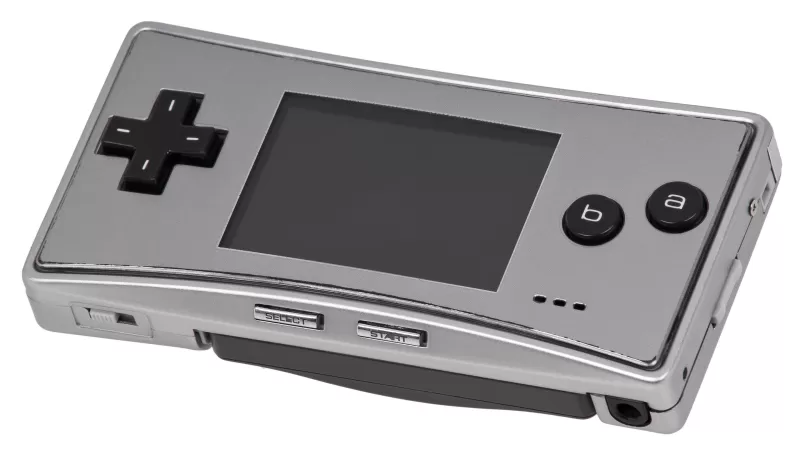 Revealed by Reggie Fils-Aimé at E3 2005, the Game Boy Micro was notably compact. It offered adjustable brightness and even lighting across its backlit screen, and was backwards compatible with Game Boy and Game Boy Color games.
Revealed by Reggie Fils-Aimé at E3 2005, the Game Boy Micro was notably compact. It offered adjustable brightness and even lighting across its backlit screen, and was backwards compatible with Game Boy and Game Boy Color games.
Nintendo DS Lite - June 11, 2006
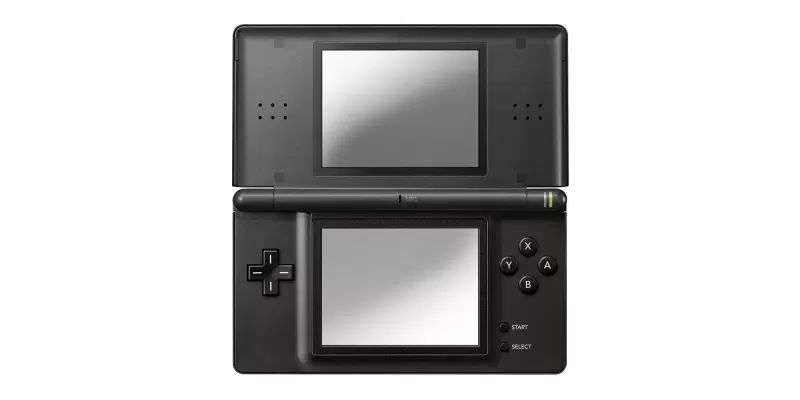 An evolution of the Nintendo DS, the DS Lite was slimmer and lighter, with brighter screens and improved battery life. These enhancements made it an even more appealing choice for gamers.
An evolution of the Nintendo DS, the DS Lite was slimmer and lighter, with brighter screens and improved battery life. These enhancements made it an even more appealing choice for gamers.
Nintendo Wii - November 19, 2006
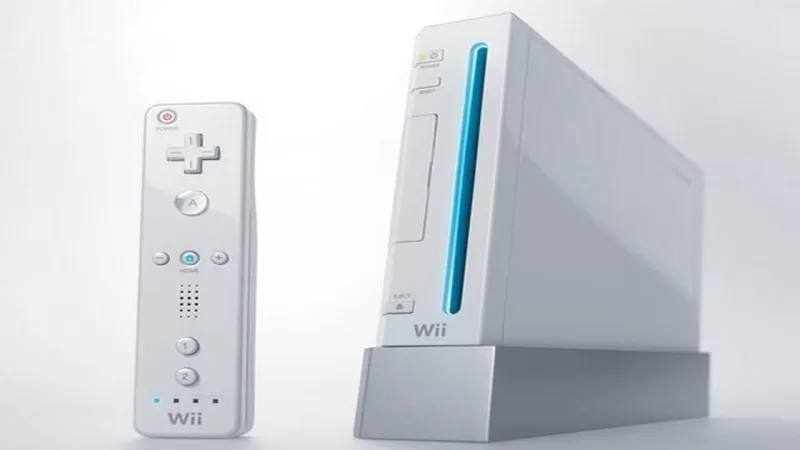 Revitalizing Nintendo's home console market, the Wii introduced motion controls via its innovative Wii Remote. It was backwards compatible with GameCube titles and offered the Virtual Console, allowing digital downloads of classic games.
Revitalizing Nintendo's home console market, the Wii introduced motion controls via its innovative Wii Remote. It was backwards compatible with GameCube titles and offered the Virtual Console, allowing digital downloads of classic games.
Nintendo DSi - November 1, 2008
 An update to the DS, the DSi added cameras and an SD card slot, enhancing its multimedia capabilities. However, it removed the Game Boy Advance slot found in previous models.
An update to the DS, the DSi added cameras and an SD card slot, enhancing its multimedia capabilities. However, it removed the Game Boy Advance slot found in previous models.
Nintendo DSi XL - November 21, 2009
 Offering larger, wide-view screens and improved sound, the DSi XL provided a more immersive experience for DS games. Its larger battery also extended playtime.
Offering larger, wide-view screens and improved sound, the DSi XL provided a more immersive experience for DS games. Its larger battery also extended playtime.
Nintendo 3DS - March 27, 2011
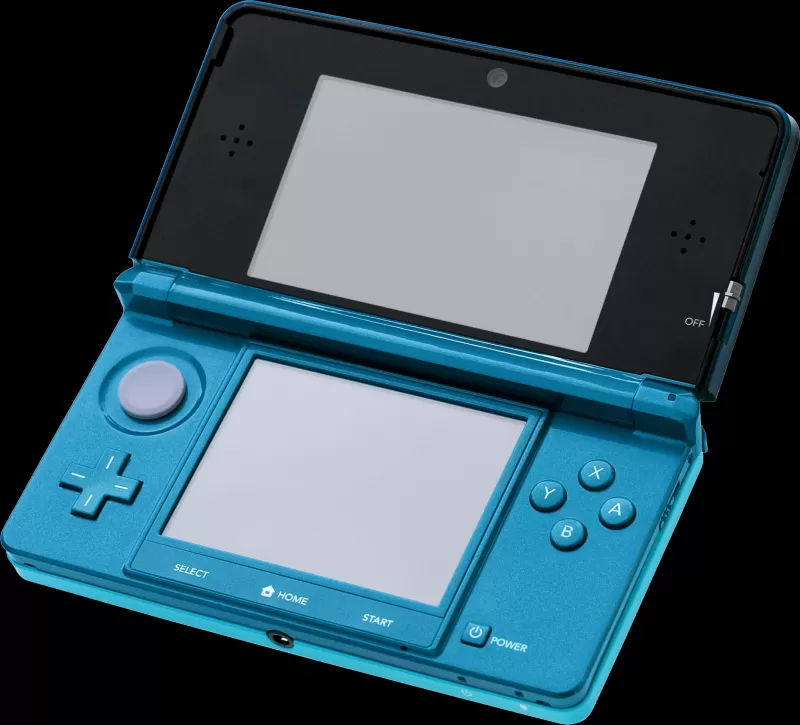 Building on the DS legacy, the 3DS introduced stereoscopic 3D gaming without the need for glasses. It featured a robust library, including titles like The Legend of Zelda: A Link Between Worlds and Super Mario 3D Land.
Building on the DS legacy, the 3DS introduced stereoscopic 3D gaming without the need for glasses. It featured a robust library, including titles like The Legend of Zelda: A Link Between Worlds and Super Mario 3D Land.
Nintendo 3DS XL - August 19, 2012
 With screens 90% larger than the original 3DS, the 3DS XL offered enhanced visuals while retaining all the features of its predecessor, improving the gaming experience.
With screens 90% larger than the original 3DS, the 3DS XL offered enhanced visuals while retaining all the features of its predecessor, improving the gaming experience.
Nintendo Wii U - November 18, 2012
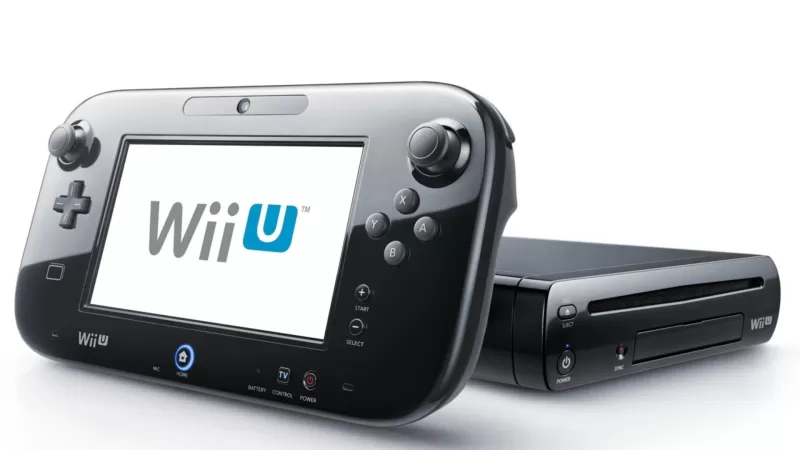 Following the Wii, the Wii U introduced the GamePad, allowing off-TV play. It was the first Nintendo console to support HD and featured acclaimed titles like Xenoblade Chronicles X and Super Mario 3D World. Despite its innovative approach, poor marketing and confusion affected its sales.
Following the Wii, the Wii U introduced the GamePad, allowing off-TV play. It was the first Nintendo console to support HD and featured acclaimed titles like Xenoblade Chronicles X and Super Mario 3D World. Despite its innovative approach, poor marketing and confusion affected its sales.
Nintendo Wii Mini - December 7, 2012
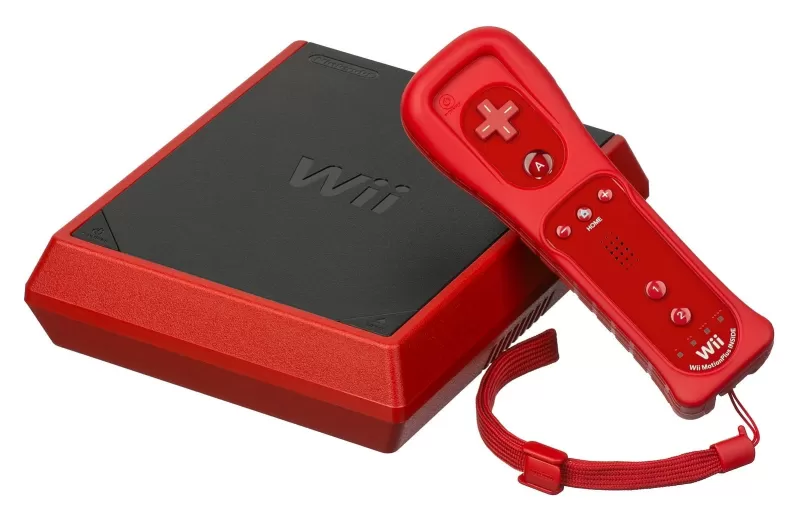 A smaller, lighter version of the Wii, the Wii Mini removed GameCube support, Wi-Fi, high-definition output, and SD card slots. It was released towards the end of the Wii's lifecycle in select regions.
A smaller, lighter version of the Wii, the Wii Mini removed GameCube support, Wi-Fi, high-definition output, and SD card slots. It was released towards the end of the Wii's lifecycle in select regions.
Nintendo 2DS - October 12, 2013
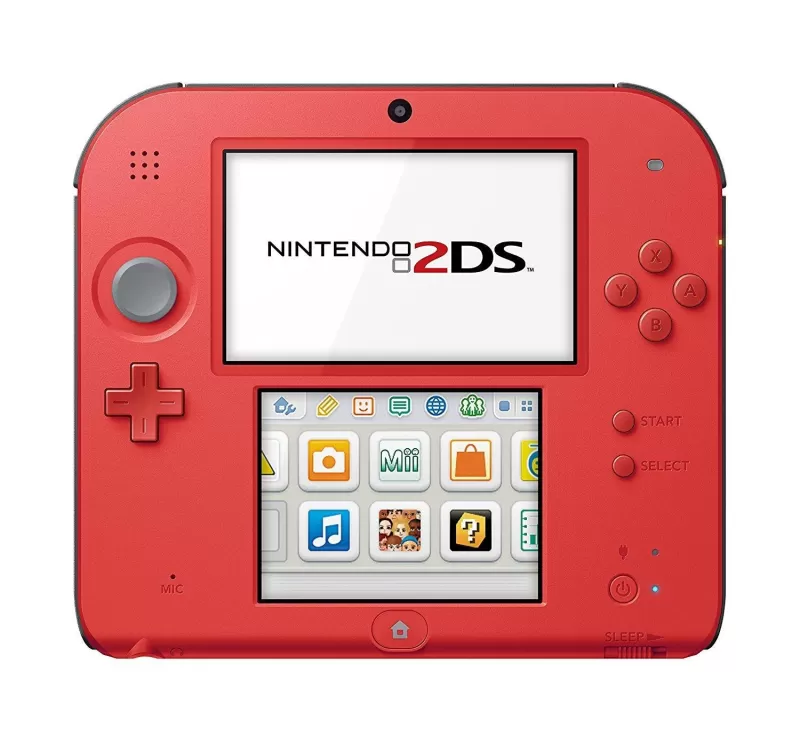 Offering 2D gameplay, the 2DS maintained compatibility with 3DS games while removing the 3D feature. Its affordable price came at the cost of reduced sound quality.
Offering 2D gameplay, the 2DS maintained compatibility with 3DS games while removing the 3D feature. Its affordable price came at the cost of reduced sound quality.
New Nintendo 3DS - October 11, 2014
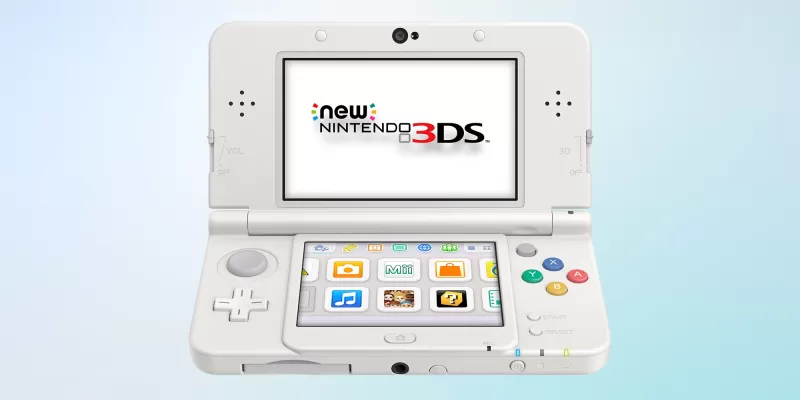 Enhancing the 3DS, the New Nintendo 3DS added new controls, including the C-Stick and NFC support for amiibo. It was released in various regions throughout late 2014 and early 2015.
Enhancing the 3DS, the New Nintendo 3DS added new controls, including the C-Stick and NFC support for amiibo. It was released in various regions throughout late 2014 and early 2015.
New Nintendo 3DS XL - February 13, 2015
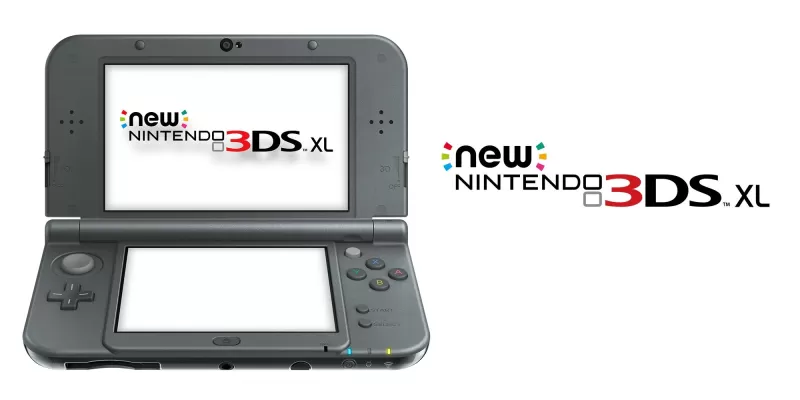 Offering even larger screens than the New 3DS, the 3DS XL provided an immersive experience. It lacked the ability to change face plates, but offered multiple special editions.
Offering even larger screens than the New 3DS, the 3DS XL provided an immersive experience. It lacked the ability to change face plates, but offered multiple special editions.
Nintendo Switch - March 3, 2017
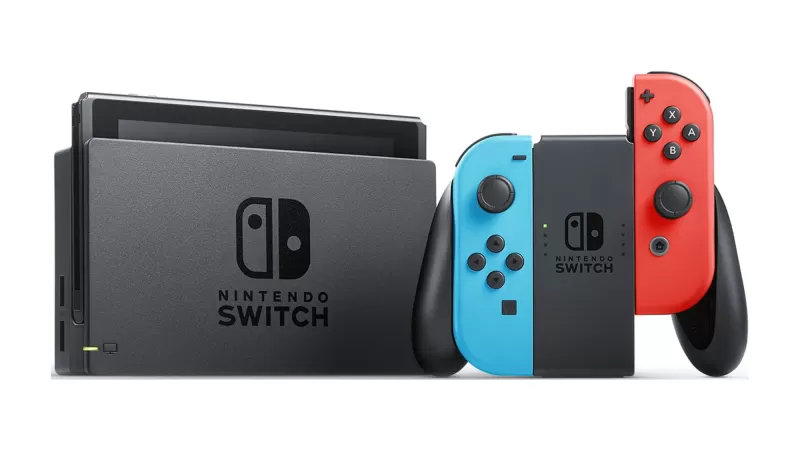 Merging home and portable gaming, the Nintendo Switch revolutionized the industry with its versatility. Boasting a stellar first-party library, it has seen the release of some of the greatest games of all time and numerous special editions.
Merging home and portable gaming, the Nintendo Switch revolutionized the industry with its versatility. Boasting a stellar first-party library, it has seen the release of some of the greatest games of all time and numerous special editions.
New Nintendo 2DS XL - July 28, 2017
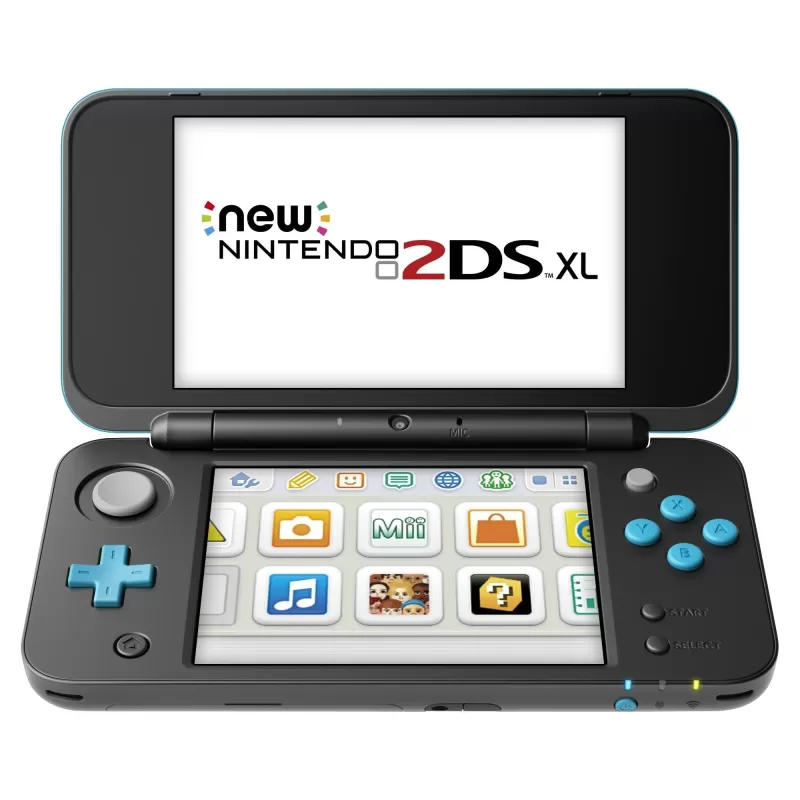 An update to the 2DS, the 2DS XL added an analog stick, shoulder buttons, and amiibo support. It returned to the clamshell design and could play New 3DS titles.
An update to the 2DS, the 2DS XL added an analog stick, shoulder buttons, and amiibo support. It returned to the clamshell design and could play New 3DS titles.
Nintendo Switch Lite - September 20, 2019
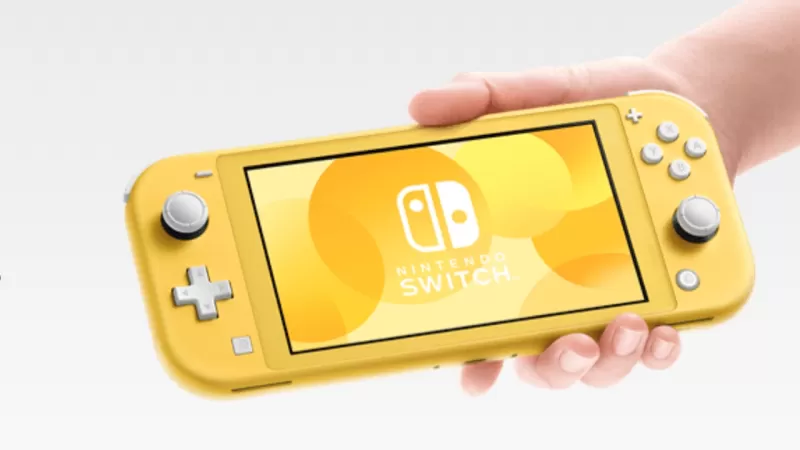 Designed exclusively for handheld play, the Switch Lite featured built-in controllers and a smaller, 5.5-inch LCD screen. It was offered at a lower price point than the standard Switch.
Designed exclusively for handheld play, the Switch Lite featured built-in controllers and a smaller, 5.5-inch LCD screen. It was offered at a lower price point than the standard Switch.
Nintendo Switch OLED model - October 8, 2021
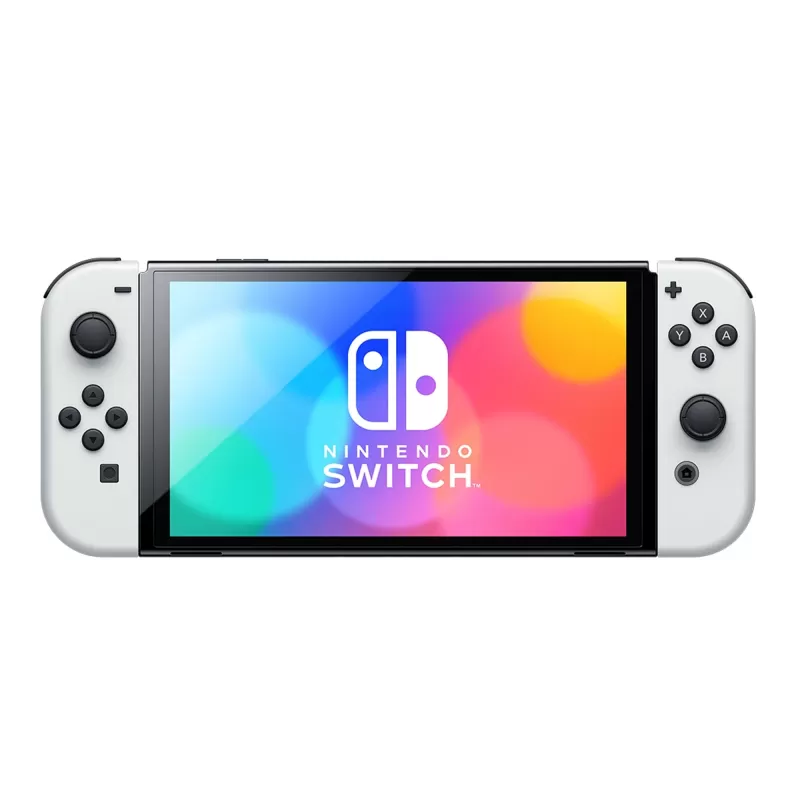 Featuring a larger, 7-inch OLED screen and enhanced speakers and kickstand, the Switch OLED model also included a new dock with rounded corners and a LAN port. It debuted alongside Metroid Dread.
Featuring a larger, 7-inch OLED screen and enhanced speakers and kickstand, the Switch OLED model also included a new dock with rounded corners and a LAN port. It debuted alongside Metroid Dread.
Upcoming Nintendo Consoles
Following years of anticipation and rumors, Nintendo officially announced the Nintendo Switch 2. The reveal trailer showcased innovative Joy-Con attachment methods, a larger screen, and a second USB-C port. It hinted at new functionalities like using Joy-Cons as a mouse and introduced a new Mario Kart with 24-player support. The console promises "mostly" backward compatibility and continued support for both physical and digital games.Analysts suggest a price point around $400 for the new console. Based on the trailer, we've gathered all the details, but more information, including a release date, is expected in the upcoming Nintendo Direct on April 2.
AnswerSee Results Home
Home  Navigation
Navigation






 Latest Articles
Latest Articles









 Latest Games
Latest Games
